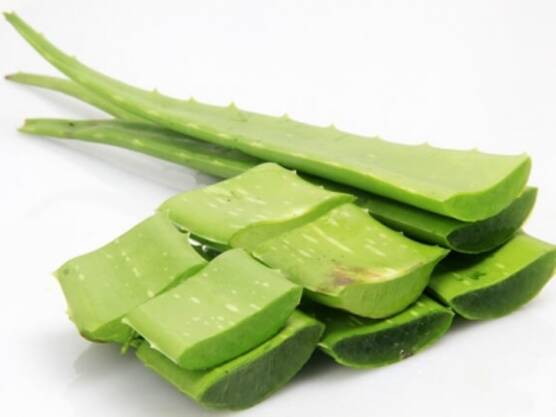- [email protected]
- Availability Location: Greece

Aloe vera, or aloe or genuine aloe, is known as a medicinal aloe and is a plant of precious juice, native to North Africa, the Canary Islands and Cape Verde. It grows in arid regions and is widely found in Africa. In recent years, due to the increased need for the beneficial properties of aloe, its production has also grown in Greece.
Aloe vera, when shredded, secretes two liquids, which have different effects and properties. The yellow-green juice excreted, when cut off the green part of the leaf, contains aloe and is irritating. In contrast, the healing properties of the plant are found in the transparent

fluid secreted from the inside of the leaf when it is shredded or crushed.
Aloe vera, contains a number of important elements, such as polysaccharides, anthraquinone and lectins, due to its positive characteristics. Recommended for treatments in alternative medicine as well as first aid kits. Primarily, the plant\'s inner pulp and yellow halide are used externally for healing wounds and burns, as well as to relieve skin from injuries and skin conditions such as eczema, psoriasis and dermatophytosis. In fact, the benefits of using the gel are almost immediate, since they add an extra layer to the wounds, which can reduce the chance of infection. Today, aloe vera is also used internally in oral form. The precious juice of aloe has been shown to relieve the discomfort of the digestive tract and various stomach disorders. It also helps with heart health and can be helpful in treating type B diabetes.
It is worth noting that the Greeks and Romans used aloe vera to heal wounds. However, in medieval times, the yellow liquid found on the leaves of the plant and containing aloe vera was used as a laxative. Also, aloe was originally used by Alexander the Great as a healer of wounds and wounds during his many-year expedition to Asia.